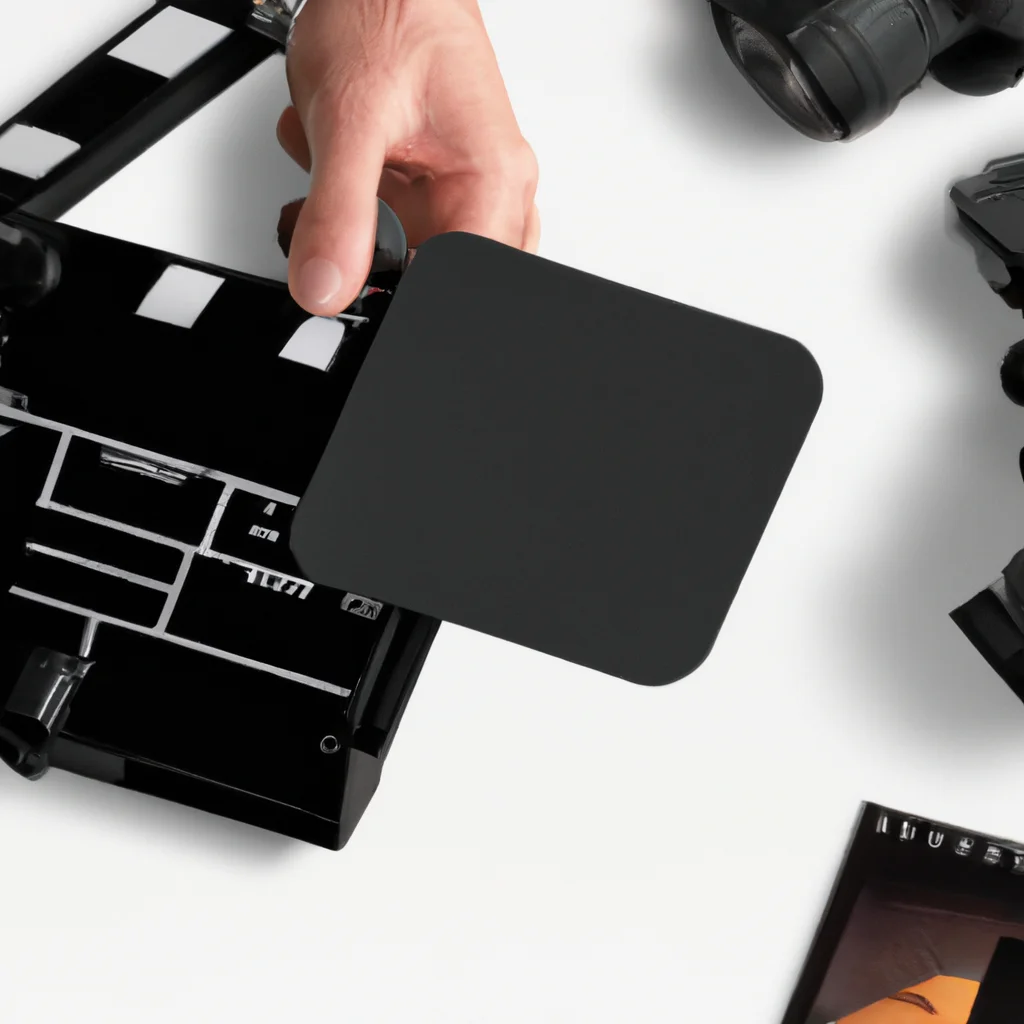What are the principles of effective logo design?


What are the principles of effective logo design?
Effective Logo Design: Principles, Tips, and Examples
A logo is a crucial aspect of any brand’s visual identity. It serves as the face of the company, communicating its values, mission, and personality to the audience. Therefore, creating an effective logo design is essential for building brand recognition and establishing a strong brand image. In this article, we’ll explore the principles of effective logo design, logo design tips, and examples to inspire your own logo design process.
Logo Design Principles
1. Simple and Memorable: An effective logo design should be simple yet memorable. The simpler the design, the easier it is to recognize and recall. A memorable logo is also more likely to stick in people’s minds, creating a lasting impression.
2. Timeless and Versatile: A logo should be timeless, meaning it should look as relevant and fresh in ten or twenty years as it does today. A versatile logo can adapt to different mediums, sizes, and color palettes without losing its identity.
3. Relevant and Authentic: A logo should reflect the brand’s values, mission, and personality. It should resonate with the target audience and convey authenticity, credibility, and trustworthiness.
4. Distinctive and Consistent: A logo should stand out from the competition and be easily distinguishable. At the same time, it should maintain consistency across all brand touchpoints, creating a cohesive visual identity.
Logo Design Tips
1. Research and Analysis: Before starting any logo design project, it’s crucial to conduct thorough research and analysis of the brand’s industry, competition, target audience, and brand attributes. This will help you understand the brand’s unique selling proposition and create a logo that resonates with the audience.
2. Sketch and Iterate: Don’t rush into creating the final logo design. Start with sketching and iterating different concepts, shapes, and typography options. This will help you explore different directions and refine the design until it’s perfect.
3. Typography and Color: Choose typography and color palettes that reflect the brand’s personality and values. Typography should be legible and easy to read, while colors should be harmonious and meaningful.
4. Test and Refine: Once you’ve created a final logo design, test it on different mediums and sizes to ensure it’s versatile and adaptable. You can also gather feedback from stakeholders and refine the design based on their input.
Logo Design Process
1. Briefing: The first step in the logo design process is to gather all the necessary information about the brand’s industry, competition, target audience, and brand attributes. This will help you create a design brief that outlines the project scope, objectives, and deliverables.
2. Research and Analysis: Conduct a thorough analysis of the brand’s industry, competition, and target audience. This will help you understand the brand’s unique selling proposition and create a logo that resonates with the audience.
3. Sketching and Iterating: Start with sketching and iterating different logo concepts, shapes, and typography options. This will help you explore different directions and refine the design until it’s perfect.
4. Digital Design: Once you’ve finalized the sketch, it’s time to create a digital design using graphic design software like Adobe Illustrator or Sketch. This will allow you to refine the design, experiment with different typography and color options, and create a versatile logo that can adapt to different mediums and sizes.
5. Testing and Refining: Test the logo design on different mediums and sizes to ensure it’s versatile and adaptable. Gather feedback from stakeholders and refine the design based on their input until it’s perfect.
Logo Design Inspiration
1. Nike: The Nike swoosh logo is a great example of a simple yet memorable design that reflects the brand’s values of athleticism, speed, and innovation.
2. Apple: The bitten apple logo is a timeless and versatile design that has become synonymous with Apple’s brand image of innovation, simplicity, and elegance.
3. Coca-Cola: The Coca-Cola logo is a distinctive and consistent design that has remained virtually unchanged since 1887, reflecting the brand’s values of happiness, refreshment, and quality.
4. FedEx: The FedEx logo is a clever and memorable design that incorporates negative space to create an arrow, symbolizing the brand’s speed and efficiency.
Conclusion
Creating an effective logo design requires a combination of creativity, strategy, and technical skills. By following the principles of effective logo design, incorporating logo design tips, and drawing inspiration from logo design examples, you can create a logo that reflects your brand’s values, resonates with the audience, and establishes a strong brand identity.
Recent Posts
How do I create an engaging and informative online quiz or assessment?
Creating an engaging and informative online quiz or assessment can be a powerful tool for… Read More
What are the most effective methods for managing and reducing work-related stress in the hospitality industry?
Work-related stress is a common issue in the hospitality industry, where employees often face long… Read More
How can I improve my assertiveness and communication skills in a leadership position?
In a leadership position, assertiveness and effective communication skills are crucial for success. Being able… Read More
What are the key elements of a successful employee recognition and rewards program?
Employee recognition and rewards programs play a crucial role in motivating and engaging employees, as… Read More
How do I effectively manage and respond to customer feedback and reviews?
Customer feedback and online reviews play a crucial role in shaping a company's reputation and… Read More
What are the best strategies for effective time management as a stay-at-home parent?
Effective time management is crucial for stay-at-home parents who juggle multiple responsibilities on a daily… Read More